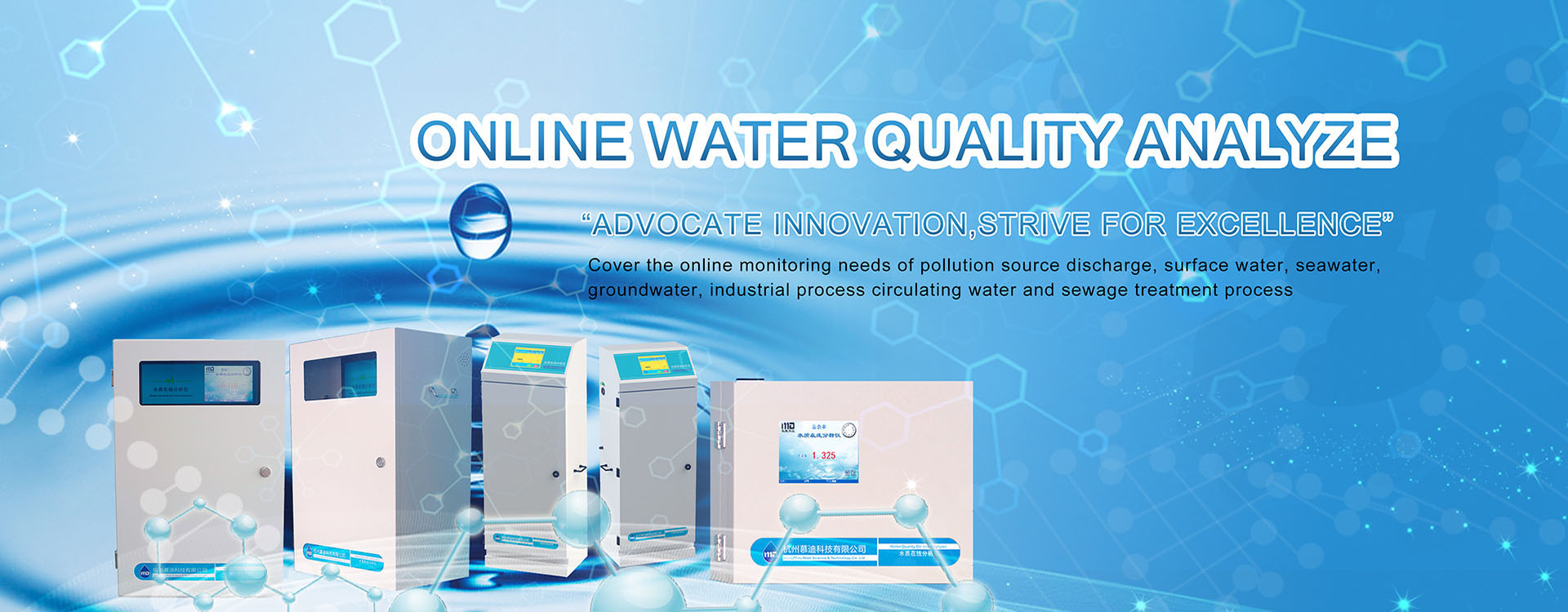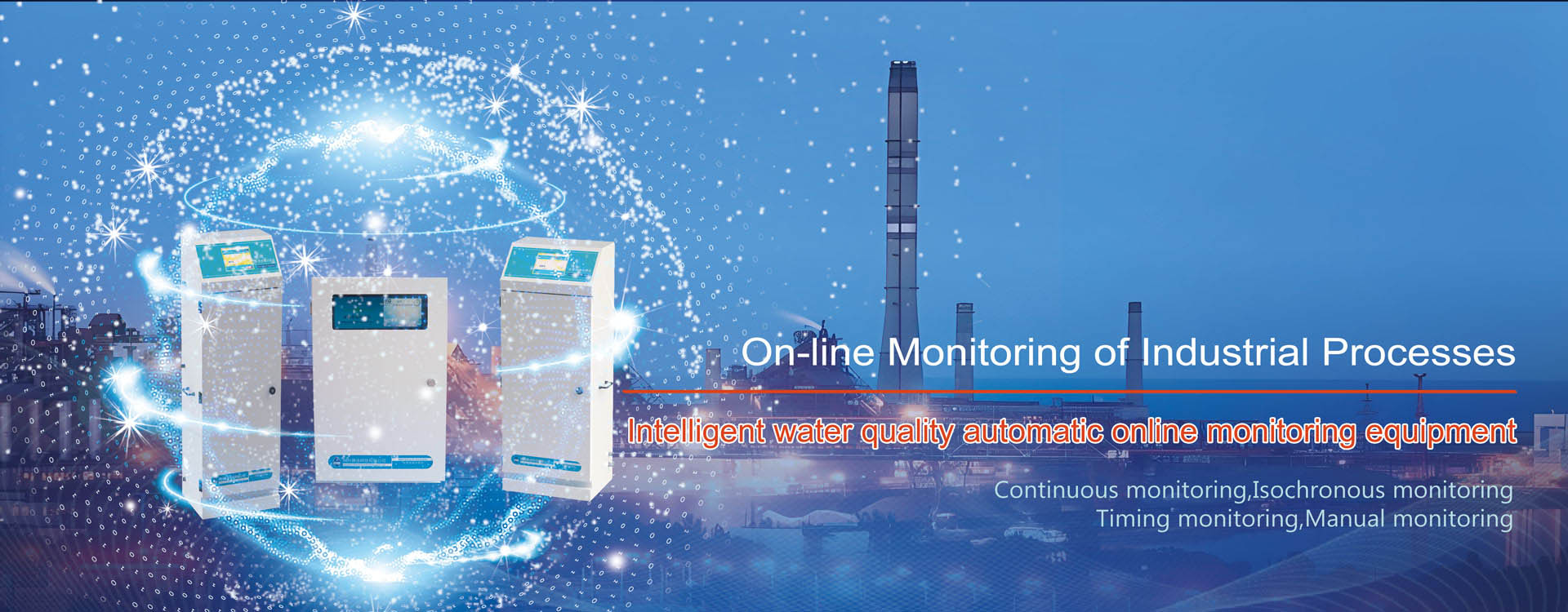With the continuous progress of society, relevant departments attach great importance to the online monitoring of water quality, mainly because the current water quality situation is not optimistic. In this chapter, manufacturers of online water quality monitoring instruments are here to learn about the current situation of surface water quality with everyone!
1.With the continuous development of the economy and society, the increase in people’s activity level, and the increasingly serious impact of non-point source pollution, the contribution rates of total phosphorus and total nitrogen entering the river have exceeded 60%, while the chemical oxygen demand and ammonia nitrogen entering the river are still mainly from point sources, but the contribution of non-point sources has increased to about 40%, resulting in worse surface water quality during flood season compared to non flood season.
2.River pollution is mainly caused by organic pollution, with the main parameters being ammonia nitrogen, chemical oxygen demand, permanganate index, and so on. However, heavy metal pollution mainly occurs in local areas such as the southwest and the Yangtze River. In fact, the Haihe River system and the middle and upper reaches of the Huai River are the key areas of volatile phenol pollution in China, with astonishing levels of pollution in local areas.
3.The serious eutrophication of lakes and reservoirs poses a serious threat to the safety of water supply and the production of fisheries, and also weakens the play of landscape entertainment functions.
4.Heavy metal pollution in the sediment of rivers, lakes, and reservoirs is severe, reaching 81%. The proportion of sections with mild and severe total phosphorus pollution is 12.5%, while the proportion of sections with mild and severe total nitrogen pollution is 16.7%. Bottom pollution control has become another issue that must be addressed beyond point and non-point sources, and corresponding measures must be taken!
5.The quality of drinking water is directly related to people’s health issues. In China, the qualified proportion of drinking water source areas is 75.3%. In some regions with high economic levels and high population density, the qualified rate of water source areas is poor, and there is still a long way to go to improve the requirements of drinking water safety. It is a limiting factor for the comprehensive and sustainable development of the region.
6.Toxic organic compounds with “three inducing” effects and endocrine disrupting effects have already affected the water quality safety of important water sources in China, and have also seriously affected people’s health!
7.The compliance status of water function zones in China is not optimistic, and some water function zones have lost their usage functions. The current water quality differs by one level from the target water quality category, with relatively good water quality in protected areas, reserve areas, and drinking water source areas, mainly Class II, with the smallest difference from the water quality target. The current water quality in buffer zones and landscape entertainment water use areas differs greatly from the target water quality.
8.The spatial differentiation of pollution carrying capacity and river inflow in China’s water functional areas has enhanced the deterioration of water environment conditions, and some water functional areas are overwhelmed, which is the main reason for the poor water quality in severely polluted areas such as the “Three Rivers and Three Lakes”.
9.The results of water quality trend analysis indicate that the pollution of some projects has been controlled, but the overall quality of surface water resources is declining, and the trend of water environment pollution has not been effectively curbed, making the situation severe.




